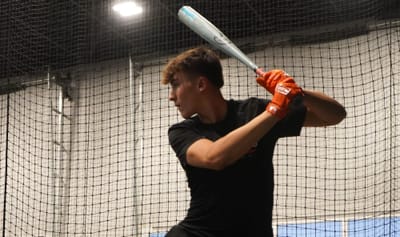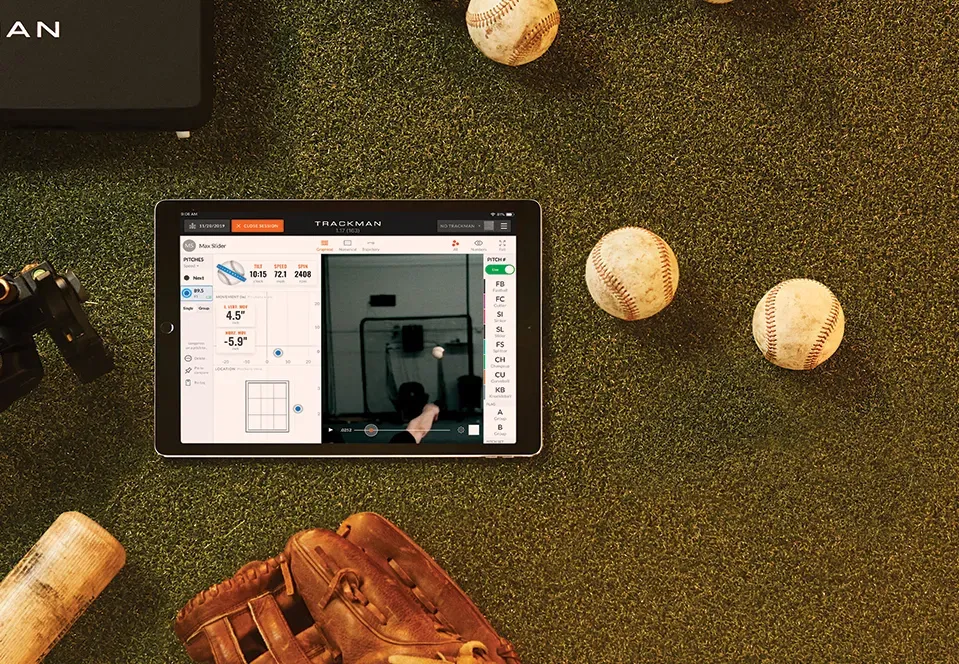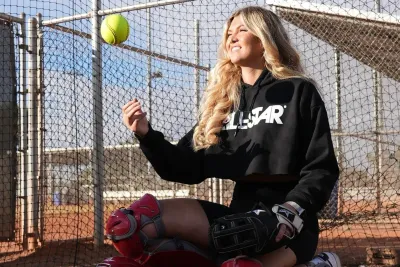
Is There a Learning Gap in Baseball?

Baseball has never been more data-driven at the top. In Major League clubhouses, every pitch is tracked with Hawkeye, every swing with K-Vest, every move captured in real-time. Yet if you walk into most youth practices, the tools still look like they did 30 years ago: a bucket of balls, a fungo, maybe a radar gun if you’re lucky.
It begs the question: is there a learning gap in baseball?
The Current Divide
At the highest levels of baseball, players train with advanced motion capture, Rapsodo and TrackMan systems, force plates, and full biomechanics staffs.

Meanwhile, most youth athletes rely on scattered lessons with limited context, often receiving little feedback beyond whether a pitch was a ball or strike or a swing resulted in a hit or out.
The divide isn’t about effort—young players want to get better—but about information, as many simply don’t have access to the tools that would help them understand their movements and performance.
Technology as a Timeline
If we look at cameras, phones, or computers, there’s a clear pattern: once-elite tech becomes commonplace within a decade.
Twenty years ago, high-definition video was reserved for TV studios. Today, 12-year-olds shoot slow-motion clips on their phones.
The same will most likely happen with baseball tech. In 10 years, it’s not hard to imagine every Perfect Game tournament, every major youth complex outfitted with Rapsodo or TrackMan units, just like radar guns and scoreboards are now.
For reference, Trackman is a couple hundred thousand dollars, and Hawkeye can be up to seven figures to outfit an entire stadium.

Quick Guide to the Baseball Tech I Mention
Hawk-Eye (MLB Statcast’s optical tracking)
A multi-camera, optical system (12 high-speed cameras per park) that tracks pitches, batted balls, bats, players, and poses across the entire field. MLB upgraded Statcast to Hawk-Eye in 2020 for more complete, full-field optical tracking (Hawk-Eye has also powered MLB replay since 2014).
TrackMan (3D Doppler radar ball tracking)
A Doppler radar system that measures the full flight of pitched and batted balls—velocity, spin (and spin axis), movement, trajectory, distance—used widely in player development (stadium and portable units). While MLB Statcast now runs on Hawk-Eye, TrackMan remains common for in-game and practice tracking at many levels.
Rapsodo (portable training monitors: camera + radar)
Field/cage units that pair cameras and radar to give instant feedback. On hitting, typical outputs include exit velocity, launch angle, distance, spin rate/direction; on pitching, velocity, movement, spin rate, spin axis—plus video pairing and reports. The current PRO 3.0 integrates 3 cameras + 2 radars for full ball-flight capture.
HitTrax (indoor vision + simulation for hitters/catchers)
An indoor, computer-vision system that gives hitters immediate exit velocity, launch angle, point of impact, video comparison, spray charts, and virtual game simulation in real parks—useful for training and objective progress tracking in cages.

Why This Matters
Knowledge creates separation in baseball—those with access to data and quality coaching can accelerate their development, while others risk falling behind.
Because youth baseball forms the foundation, gaps that exist early often become too wide to close by the time players reach college or the pros. And with that in mind, the market is shifting: parents and programs are beginning to demand the same level of insight for their kids that professional players receive.
The Question for the Future
If this shift is inevitable — and history suggests it is — the real questions become:
• Who will build the systems to capture, organize, and deliver that information to the youth level responsibly?
• Who will translate pro-level tech into digestible, actionable insights for 12–25 year olds?
Closing Thought
Right now, there’s a learning gap in baseball — a divide between what the pros know about their bodies and what youth players are told. The gap won’t stay forever. Technology always trickles down. But who will lead the charge to make that future accessible and meaningful?
Sources
- MLB.com. How Statcast Works – overview of Hawk-Eye tracking and replay technology.
- MLB Technology Blog. Statcast Upgrade to Hawk-Eye (2020).
- TrackMan Baseball. Product Overview and Applications in Player Development.
- Baseball-Connect.com. Technology Spotlight: TrackMan Radar.
- Rapsodo. Rapsodo PRO 3.0 Specifications and Features.
- MLB.com. Rapsodo in Training and Development.
- HitTrax. System Overview: Training, Simulation, and Player Development for Hitters and Catchers.




